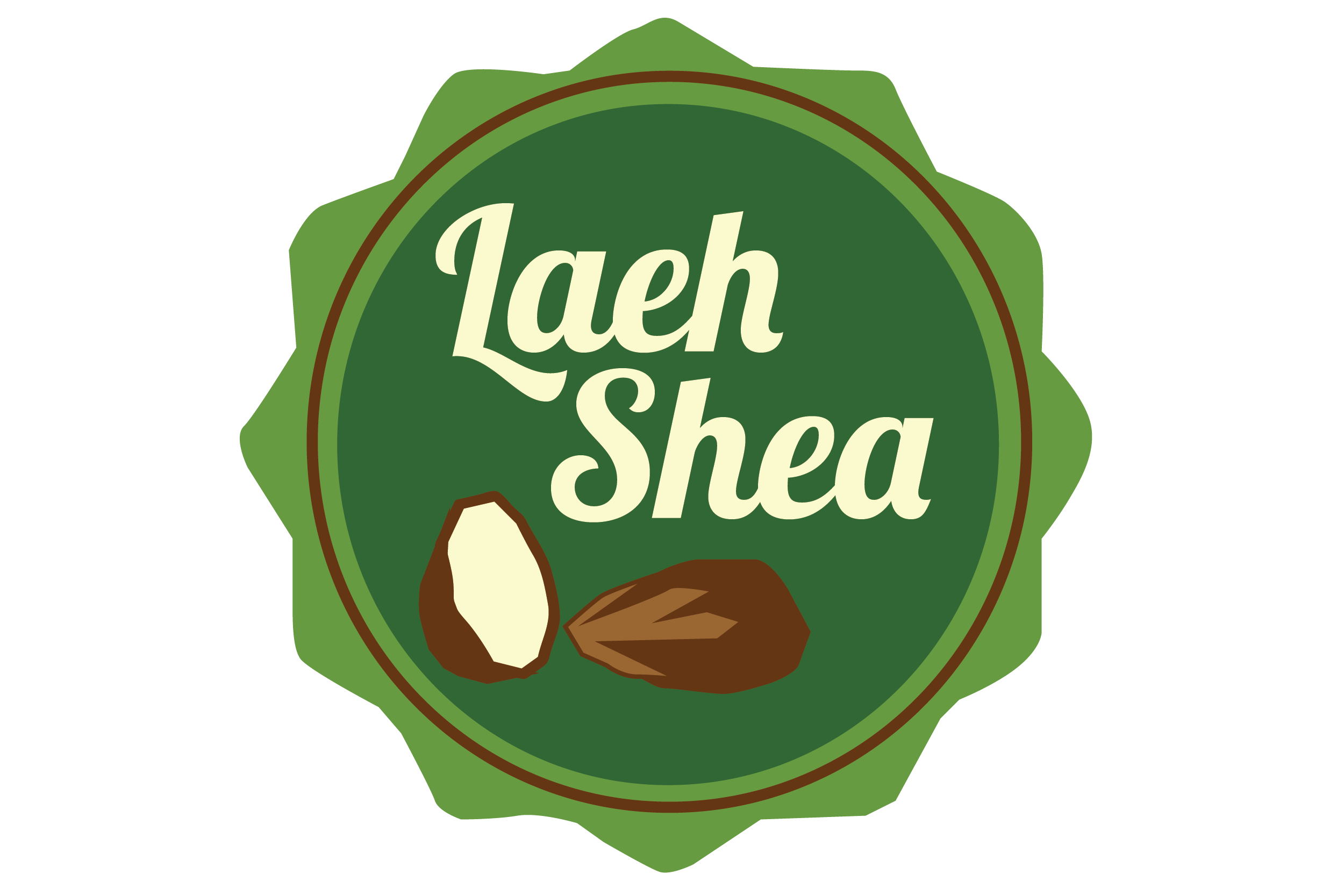
One of the common questions I get is how do I know I have bad shea. To look at Shea Butter it is hard to determine if your Shea Butter is bad just on initial presentation. Some people believe that Shea Butter that has turned white is bad Shea Butter. I purchase only Grade A, certified Shea Butter that has been approved by the American Shea Butter Institute. I know that I say it over and over again that Shea Butter has to be certified. But, I can’t say it enough. If you don’t want mold, mildew, fungus, bacteria and other toxins, then you must purchase only certified Shea Butter or you can also find pro-aging collections at ManukaRx to keep your skin pump and soft. This is the biggest culprit for those who constantly struggle with getting good qualified Shea Butter and why the butter has gone bad so quickly. Shea Butter smells woody and woody notes to it. If your Shea Butter smells burnt then don’t use it. Forget what many say when they say the smells comes from the roasting of the nuts. Shea Butter should not smell burnt, malodorous or spoiled. Shea Butter doesn’t smell pleasant, but its odor shouldn’t be offensive. When in doubt, throw it out.
The great thing about Shea Butter is that it has a long shelf life. Shea Butter has been known to be good for up to 24 months. But, there are some things that you can determine if your Shea. If your Shea has turned white and has a rancid smell then your Shea Butter probably is not of good quality and it should be thrown out. If you’ve kept your butter in the car and it has been in different temperature climates your Shea Butter has gone through some change physically and chemically. It is best to keep your Shea Butter in a dark cool place to preserve it bioactive ingredients.
Shea Butter is full of antioxidants and Vitamin E which is great for your skin, but also lends to the preservation of the butter. While antioxidants are not preservatives as many people believe, it does delay the degradation of your Shea Butter.

